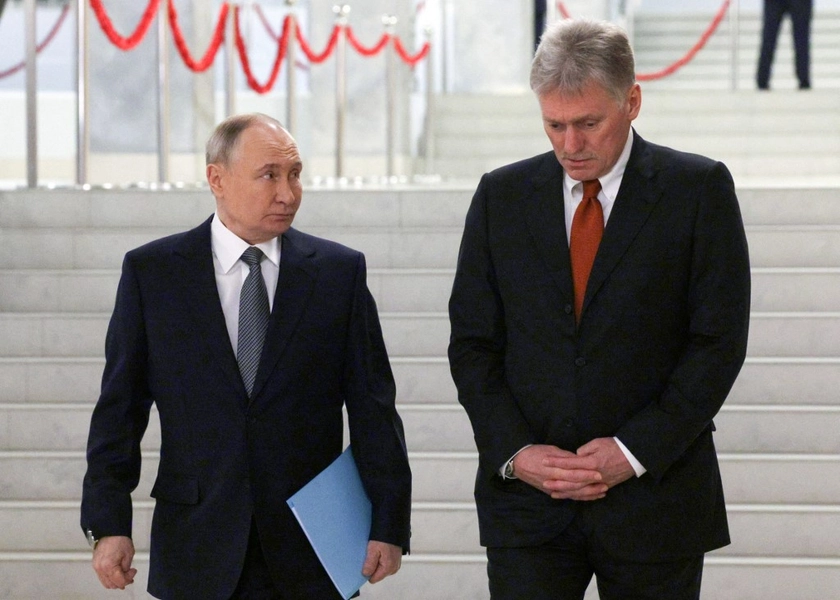In about a day, Ukrainian forces breached two lines of defensive fortifications in Russia’s Kursk region that Moscow had built over two-and-a-half years at a cost of 15 billion rubles (around $109 million), the Russian publication Agenstvo reported.
According to Agentsvo, the Russian Ministry of Defense and the Federal Security Service (FSB) Border Service had built the fortifications.
JOIN US ON TELEGRAM
Follow our coverage of the war on the @Kyivpost_official.
Open-source intelligence (OSINT) analyst Brady Afrik, who created a map of Russian defenses from satellite images, identified two defense lines in the Korenevsky and Sudzhansky districts of the Kursk region – one along the border and another 5-10 km (3-6 miles) from it.
Agentsvo suggests that a shortage of troops might be why the fortifications fell so quickly.
In September 2023, the Ukrainian Center for National Resistance (CNR) released aerial images showing a lack of troops and equipment at many positions in the Kursk region, as most forces had been redeployed to Donetsk and Zaporizhzhia.
Kyiv is believed to have chosen some of its most capable units to target the weakest point of the Russian border during the Kursk offensive, according to an anonymous source from Ukraine’s General Staff cited in The Economist.
It’s been reported that the 80th Air Assault Brigade, one of Ukraine’s best-equipped and fastest units, is involved in the ongoing invasion of the Kursk region in Russia.

Ukraine’s Most Tragic Family Torn Apart by Russia’s War
Kyiv has not yet disclosed the specific objectives of the operation in Kursk. However, if one goal was to draw Russian troops away from the more challenging sections of the front, the results remain mixed. Russian advances continue in the most difficult areas, such as Donbas, though some enemy units have been shifted from Kharkiv to Kursk.
“Their commanders aren’t idiots,” says the Ukrainian general-staff source. “They are moving forces, but not as quickly as we would like. They know we can’t extend logistics 80 or 100 km [50 or 62 miles].”
A video circulating on social media shows a T-64BV or T-80BV tank, a UR-77 mine-clearing vehicle, an IMR-2 engineering vehicle, Soviet BTR-80s, and American Stryker APCs, most of which are fitted with anti-drone frames, passing by a Ukrainian mortar team. The 80th Air Assault Brigade is the only unit in Ukraine with such a mix of former Soviet and American equipment, indicating its presence in the Kursk operation.
Ukraine’s incursion into Russia’s Kursk on Aug. 6, represents the largest cross-border operation by Kyiv since Moscow launched its Ukraine invasion more than two years ago.
The assault, which has sent tens of thousands of people fleeing, marked the most significant attack by a foreign army on Russian territory since World War II.
A top Ukrainian official told AFP that the operation was aimed at stretching Moscow troops and destabilizing the country after months of slow Russian advances across the front line.
The assault appeared to catch the Kremlin off guard, with Moscow’s army rushing in reserve troops, tanks, aviation, artillery and drones in a bid to quash it.
You can also highlight the text and press Ctrl + Enter











